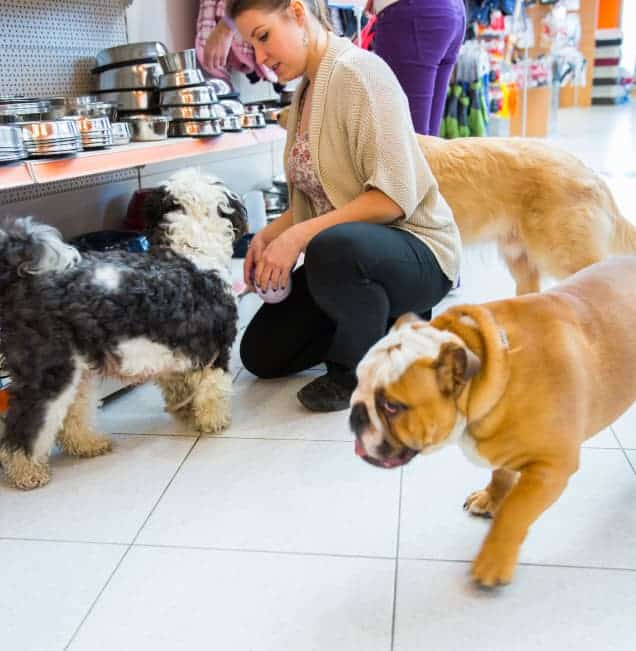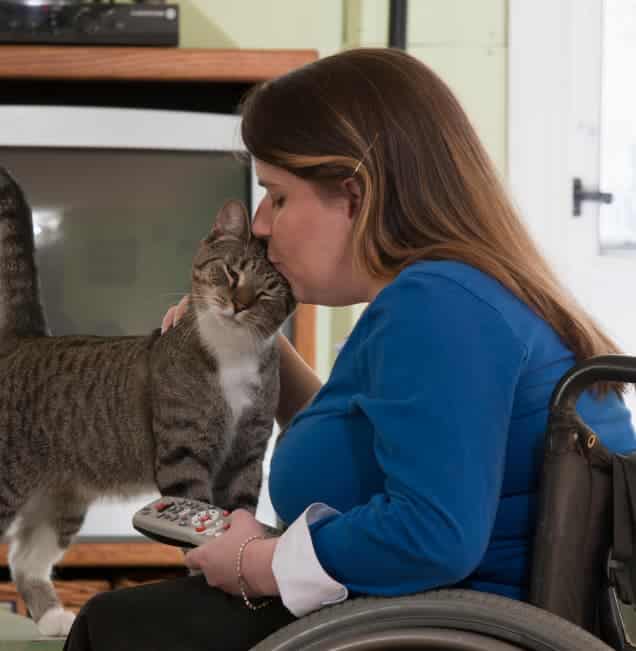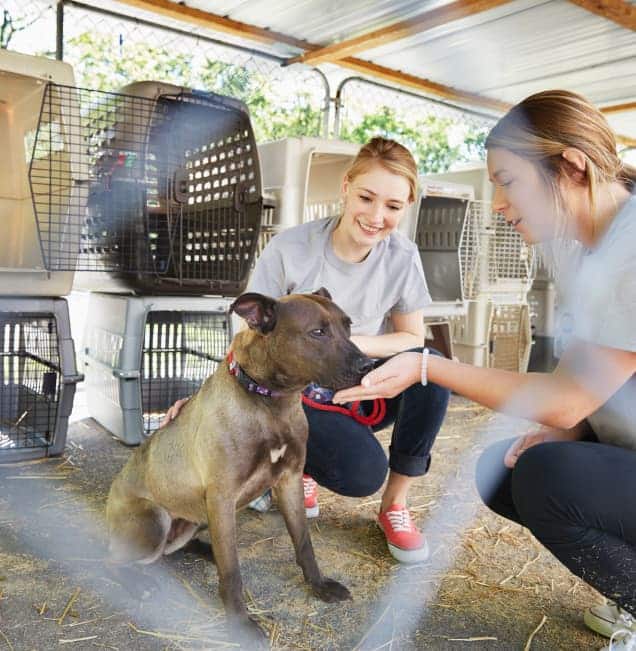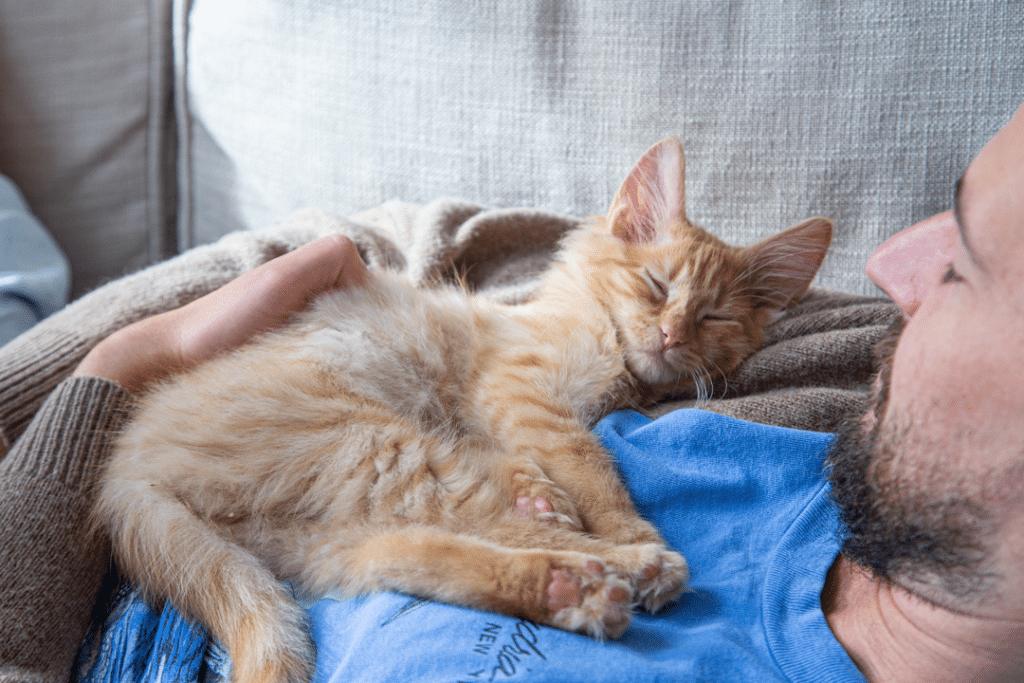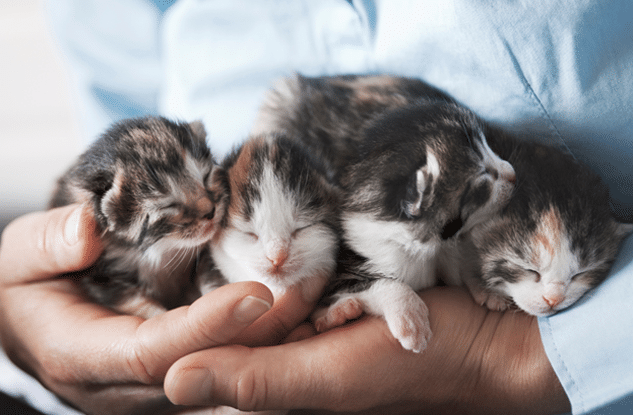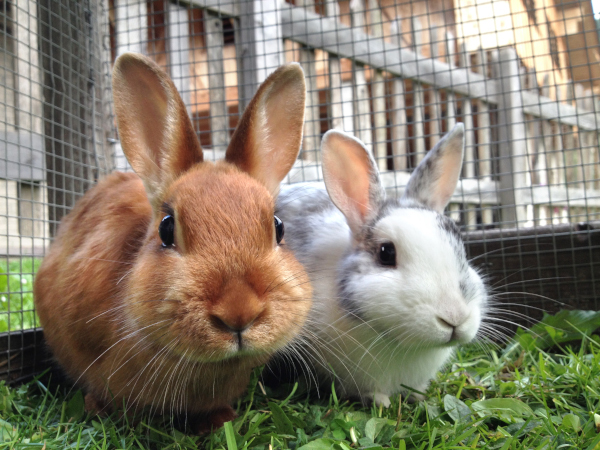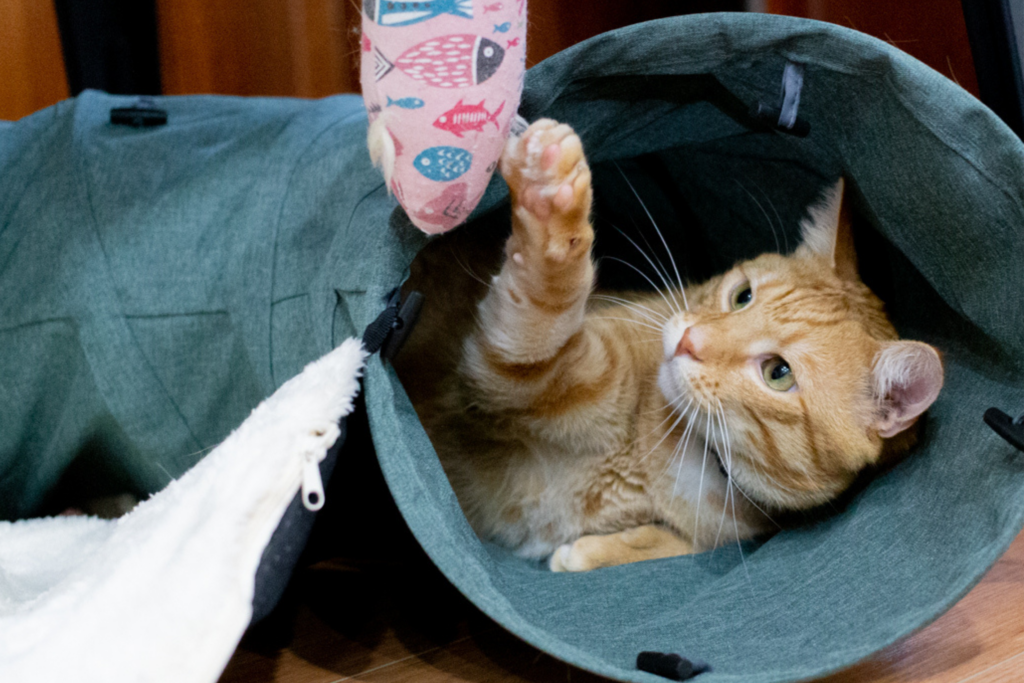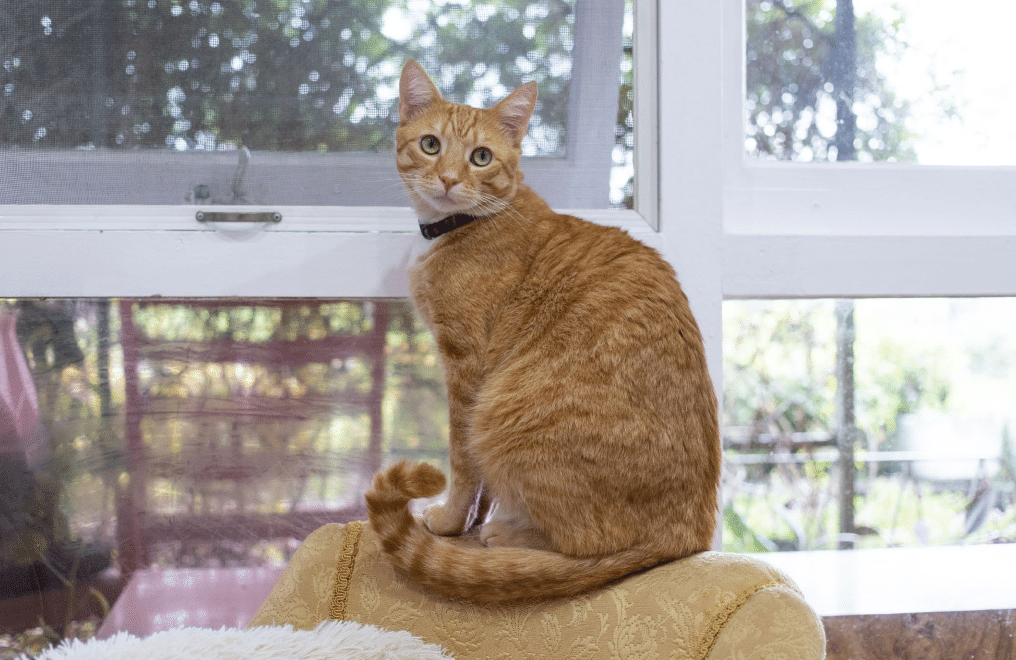In recent times, many people have transitioned to working from home. Cats can happily transition to an at-home lifestyle too!
Cat containment (also known as ‘keeping your cat safe at home’ or an ‘at-home lifestyle’) means keeping your cat on your property at all times. You can transition a cat of any age, at any stage, to an at-home lifestyle.
Go slowly. Give you and your cat time to establish a new routine. Step-by-step your cat will learn that an at-home lifestyle can be fun. Kittens adapt well if kept at home from an early age. An adult cat who currently roams can also be gradually introduced to an at-home lifestyle by initially keeping them inside at night and increasing the time they are kept at home during the day.
Timing is everything. You can gradually transition your cat to an at-home lifestyle at any time but there are times of day (e.g., feeding time), times of year (e.g., when it’s cold outside), times in your cat’s life (e.g., at an early age), and times you share (e.g., moving house), that you can use as opportunities to transition to containment:
- When you bring home a kitten – Your kitten can easily settle into an at-home lifestyle if you start early. Setting up these routines and habits early in life gives your kitten the best opportunity to grow comfortable with containment.
- When you bring home an adopted cat or when you’re moving house – A cat arriving in a new place may not want to venture far so this is the ideal time to get them used to an at-home lifestyle. A new start represents the perfect opportunity to establish a new happy home routine. Cats coming into a new environment should be kept at home as they may run away or become lost if allowed to roam in an unfamiliar place. Set your cat up in their own safe place (i.e., a secluded hide-out). Once your cat has settled in (it may take a few days or longer), you can gently allow them to explore the rest of the home. Always leave access to their safe place open so they can retreat if they want to.
- When it’s feeding time – After feeding, you can gradually extend the time your cat spends indoors until they become accustomed to being contained.
- When it’s cold outside – At times of the year when it’s cold outside, your cat may prefer to be cosy indoors. This is an ideal time to get them used to being contained on your property. Creating a warm, inviting, fun environment during this time will help your cat enjoy the benefits of staying at home.
When transitioning your cat to an at-home lifestyle, make sure you’re meeting all their needs. For more information on how to do this check out ‘The at-home lifestyle every cat needs’, RSPCA Australia guide ‘Keeping Your Cat Safe and Happy at Home’ (2019) and Tassie Cat ‘How to transition your cat to a life at home’.
